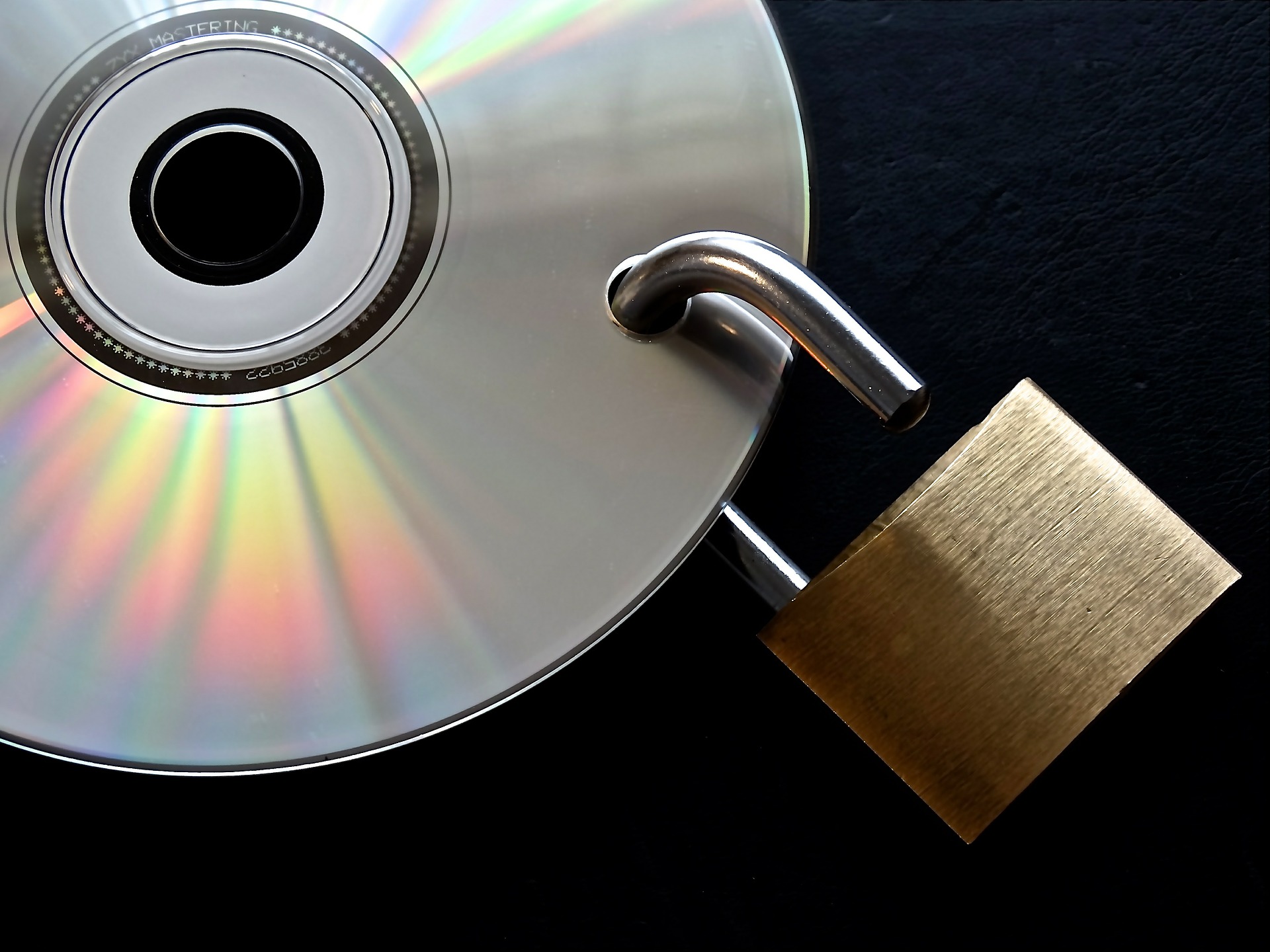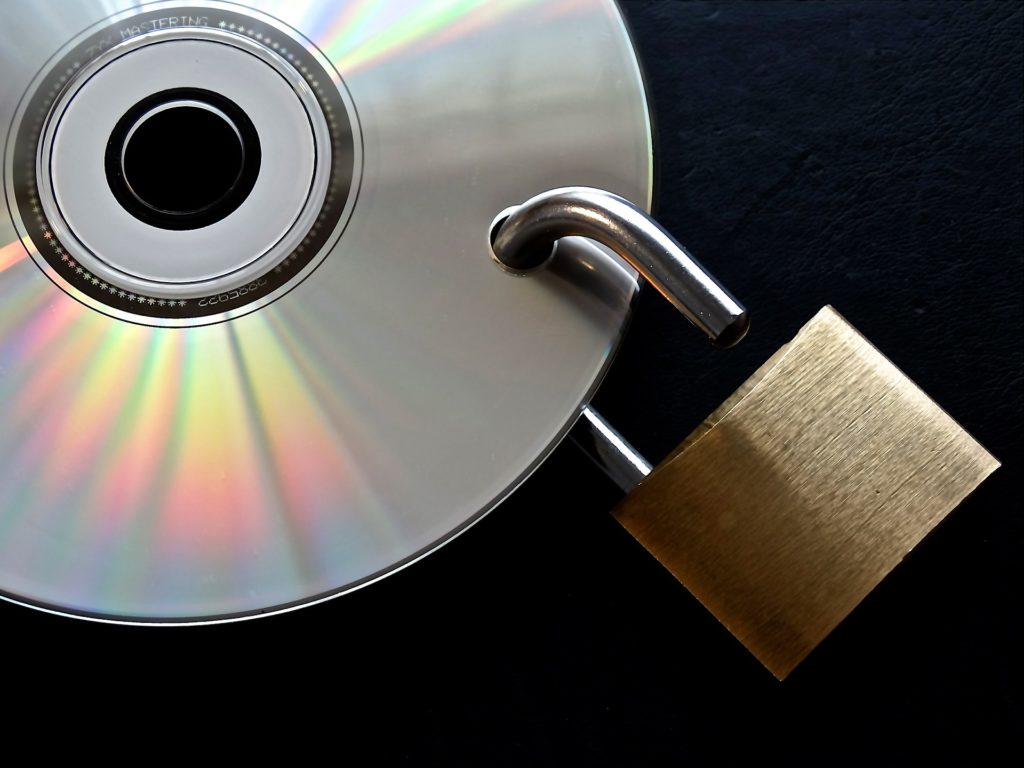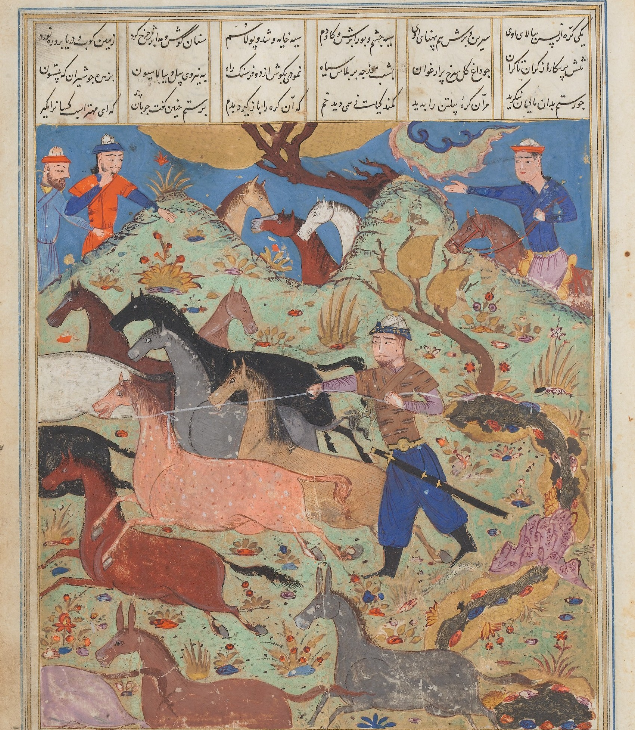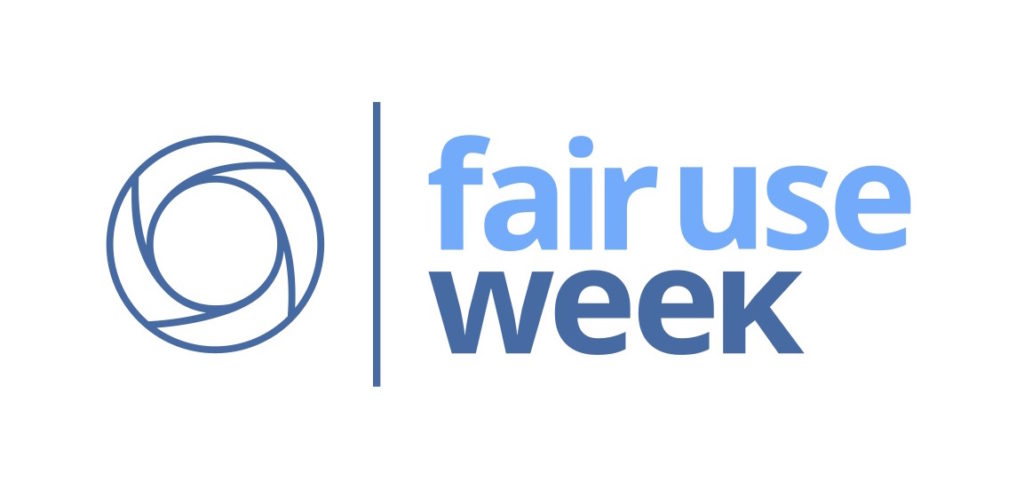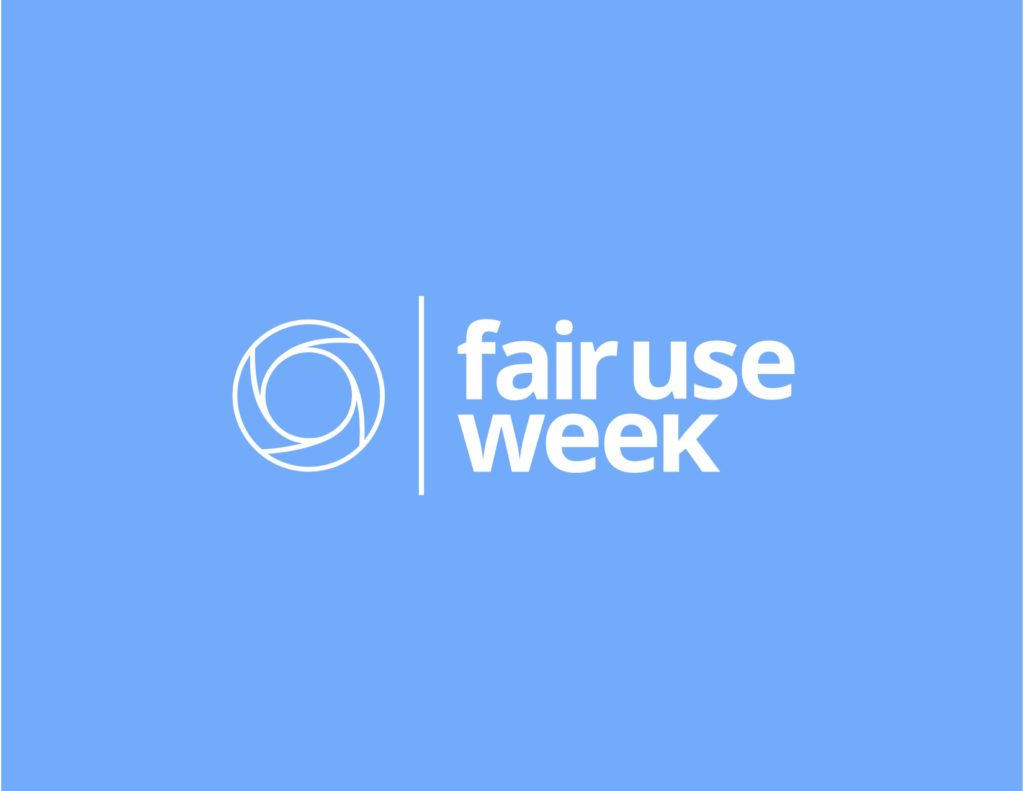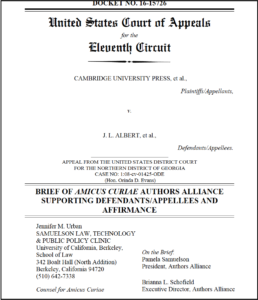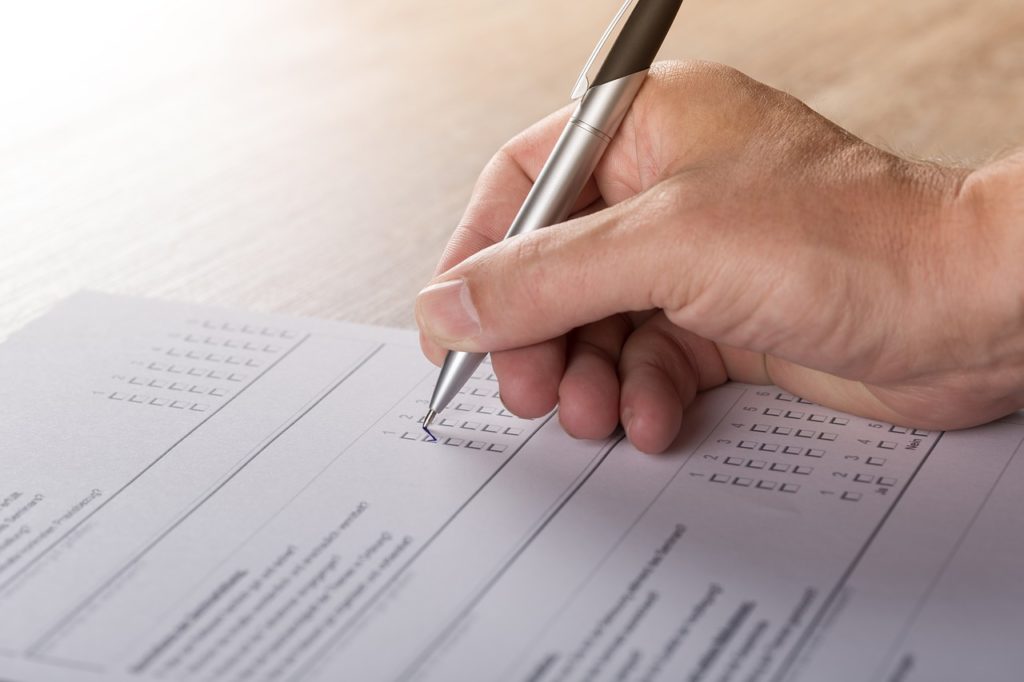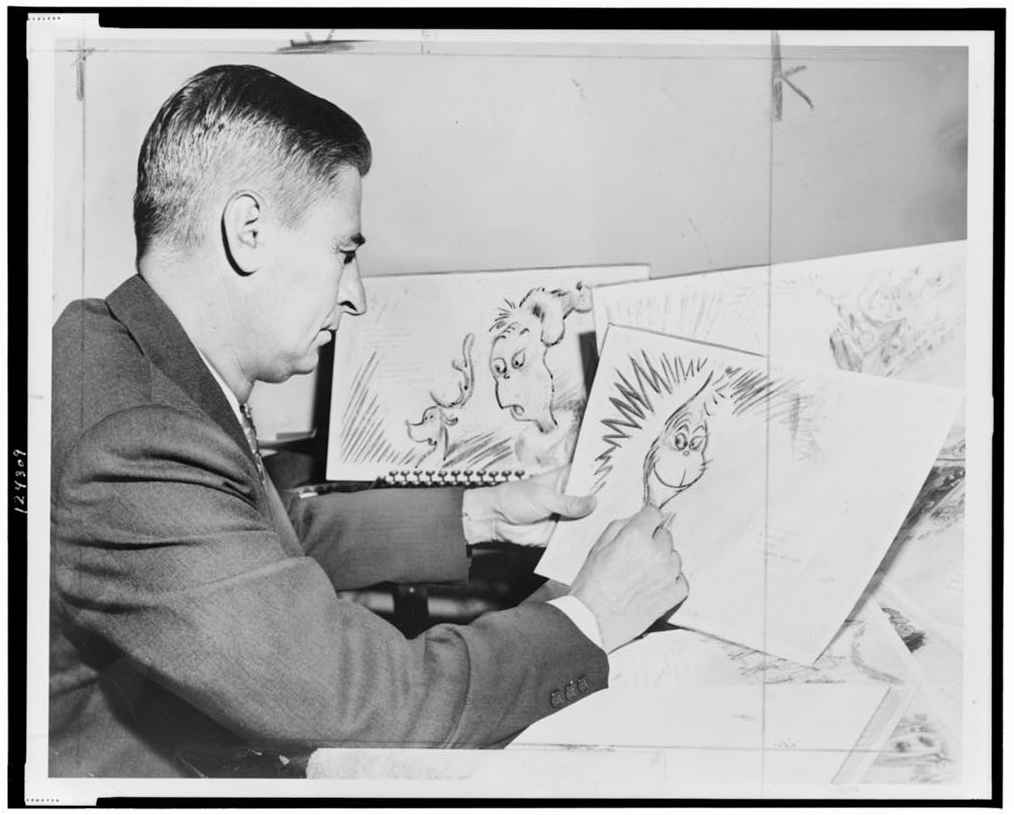
Dr. Seuss (Ted Geisel) at work on a drawing of a grinch, the hero of his forthcoming book, “How the Grinch Stole Christmas” / World Telegram & Sun photo by Al Ravenna | Courtesy of the Library of Congress
We would like to thank Authors Alliance legal research assistant Allison Davenport for writing the following analysis.
Two courts in the Southern District of New York recently decided two fair use cases that, on the surface, may appear to be similar but ultimately reached different outcomes. In one, a beloved children’s classic is grown-up for an adults-only stage adaptation. In another, classic adult novels are presented as colorfully illustrated children’s books. Yet, the former was judged to be a fair use and the latter was not. What led the court to these opposite rulings, and what can it teach us about how fair use works?
Fair Use
Fair use is a limitation on U.S. Copyright law which allows authors to use portions of a copyrighted work without permission or payment, so long as that use is “fair.” Courts consider at least four factors when determining whether a use is fair: 1) the purpose and character of the challenged use (often asking if the use is “transformative”), 2) the nature of the copyrighted work, 3) the amount and substantiality of the copyrighted work used, and 4) the effect on the potential market for the copyrighted work. These four factors do not work in isolation and must be carefully weighed together to determine if a work is fair.
Who’s Holiday! – Matthew Lombardo and Who’s Holiday, LLC v. Dr. Seuss Enterprises
“In creating these juxtapositions, the Play, rather than trading on the character of Cindy-Lou Who and the setting of Who-Ville for commercial gain, turns these Seussian staples upside down and makes their saccharin qualities objects of ridicule.”
Who’s Holiday! is a one-woman stage play by Matthew Lombardo which features a 45-year-old Cindy-Lou Who from How the Grinch Stole Christmas recounting the circumstances that led to her life as a drug addict living in a trailer, alone on Christmas. In the play, Cindy retells the events of Seuss’ story but then goes on to describe how she became pregnant with the Grinch’s baby at 18, married him, and suffered through unemployment and starvation before eventually killing the Grinch and being imprisoned for his murder. The play is told in rhyming couplets similar to the style of Seuss’ original, with a few exceptions.

